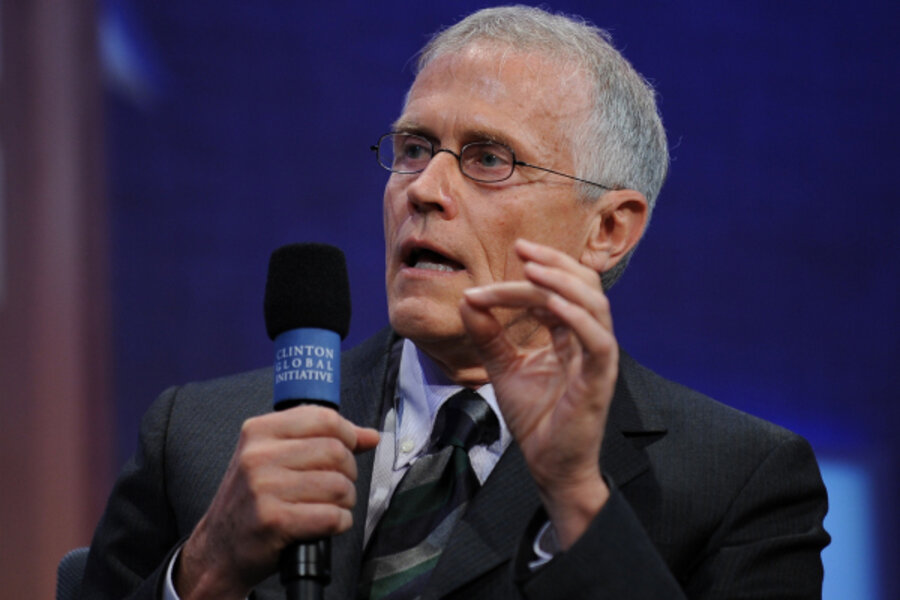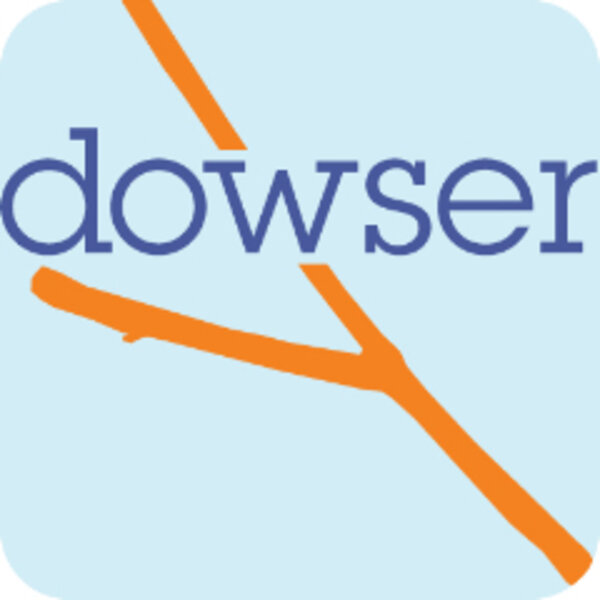Citizen action: partnering with conventional news media
In his 2007 book Blessed Unrest, journalist/social entrepreneur/environmentalist Paul Hawken estimates that around 2 million citizen-led organizations – initiatives started by individuals to address social problems – are in existence worldwide. Their activity bubbles from the bottom up from all corners of the globe– meaning this movement is much more diverse and dispersed than any before.
Most of this citizen activity remains unseen. Unless you follow niche media or know a friend-of-a-friend-of-a-friend, chances are you haven't heard of people like Jorge Camil, who works to bring technology to slums of Mexico, or Simon and Jane Berry, who deliver medicine to rural villages in Africa by harnessing the distribution network of Coca-Cola, or Sean Carasso, who started Falling Whistles to raise awareness about the civil war in the Democratic Republic of Congo. People have stepped up to address a broad array of global challenges, when government and traditional institutions have failed.
Millions of others are part of this hidden history. It's a movement without a name. It’s decentralized and leaderless, which is part of its power and beauty.
But their work, when reported on, comes back as scattered data, images, and anecdotes. Without context, it's impossible for the general public to understand the deeper structural changes at play.
“Trying to appreciate the breadth of this movement,” Hawken writes, “is like trying to hold the ocean in your hand.”
Creating context for solutions
The press can – and must – create the framework that helps everybody understand these changemakers, which is why we were heartened to read about the work of some of this year's winners of the Knight News Challenge.
For those who may not be familiar, the Knight News Challenge is a news media innovation contest. Since September 2006, the John S. and James L. Knight Foundation has distributed nearly $22 million to projects experimenting in the digital media space, with winners ranging from media houses to Internet entrepreneurs to hard-core techies.
Many of the projects supported work to inform, enable, and strengthen communities. The Community Radio in India reduces the cost of creating rural radio stations. The Boulder Carbon Tax Tracker lets citizens serve as watchdogs for implementing the carbon tax. Ushahidi’s location-based mapping system was valuable in tracking crises in post-quake Haiti.
You could say that many of the Knight News Challenge winners are themselves a tad socially entrepreneurial. But several of this year’s winners in particular could meet a need that the social sector has had for years: to centralize all of its stuff – raw data, media, and motion – into something of narrative substance.
People understand new information and events when they're presented in context. A 2008 AP Study, for example, found that a story must have four components to satisfy news consumers: facts, back story, updates, and future story. That's part of the reason Mother Jones' traffic spiked 400 percent when it began producing explainers on the situation in Egypt earlier this year. People want, and need, to see the big picture.
But if there’s anything the social sector has in abundance, it’s scattered information:
- The Guardian’s global development data store, which consolidates info from seven international aid agencies, has 4,953 datasets.
- Ashoka has identified close to 3,000 social entrepreneurs; the organization reports that about 50 percent of its fellows have an impact on national policy within five years.
- Echoing Green has supported 500 fellows.
- DoSomething.org estimates it will reach 2 million youths in 2011.
- Idealist hosts nearly 63,000 organizations.
- WiserEarth, an online community for connecting changemakers, lists 54,632 members, 111,355 organizations, 8,835 “resources,” and 4,500 items –-organizations, events, jobs or people – in the greater New York City area alone.
That’s not even considering data from social impact metrics – a still-nascent area that’s quickly growing – and the media coming from blogs and Twitter accounts of development agencies and citizen-sector organizations.
Journalists face an enormous challenge making sense of all this activity. What does it signify? What are the most important ideas and models? How will it change politics and business? And what are the new demands that it will place on people who are growing up amid continuous, bottom-up, mass-driven change, rather than top-down, stable institutions run by few?
Once the general public understands these answers and grasps the full scope of this movement, it will have much more capacity to engage with it. People need to understand these changes to know what to study, what careers to pursue, what policies to support, what to invest in, and – most of all – how to educate today's children so they can thrive in an ever-changing environment.
To create this broad picture, journalists need to combine traditional storytelling with data analysis and the use of pro-am platforms (systems that combine media from both citizens and professional journalists). Today, we create more information in two days than we did from the "dawn of man" to 2003. Not to mention that data gives organizations and stories credibility; and with solution journalism, we're interested not only in ideas, but also in idea implementation: what works, what doesn't, and why?
Social sector, meet civic media
Conveniently, data and pro-am were prevalent themes of this years’ Knight News Challenge – particularly how to amass and curate information to make it useful and comprehensible.
The Panda Project, Overview, and The Public Laboratory, for example, help journalists find the stories within the data. The Public Laboratory, proposed by The Public Laboratory for Open Technology and Science, will build a platform for citizen-based, grass-roots data gathering. Brian Boyer and The Chicago Tribune’s PANDA, along with Jonathan Stray and the AP’s Overview, will build tools to help journalists sift through existing data to identify relationships and stories.
Several Knight News winners will also build tools to help solution journalists harness raw footage coming from the field: Tiziano 360 and Zeega provide multimedia story-telling platforms that let journalists turn citizen media into professional web packages. iWitness and Swiftriver aim to make it easier to aggregate and verify these reports. Meanwhile, FrontlineSMS: Media extends news-gathering to rural communities by using mobile signals – a hurdle that was discussed at length in Echoing Green’s Wednesday #mobileinnov Twitter chat.
If journalists can successfully augment and amplify this citizen activity, then it has positive implications for the social sector – but also for civic media. This is a young movement that wrestles with the questions of "how communities get information, how communities produce information, and how people make decisions about becoming civically active," according to Ethan Zuckerman, founder of Global Voices and new head of MIT's Center for Civic Media (CFCM). Zuckerman cites the recent Twitter campaign organized by Saudi women drivers as a good example.
In an interview with Nieman Lab on Wednesday, Zuckerman said that as the new head of MIT's CFCM, he has two goals: to encourage productive public participation in civic media and to help marginalized voices be heard.
Traditionally, these have been challenges for the media. But if civic media looks to the social sector, it might find the partners it needs. Individuals already start organizations. Many citizens and volunteers generate media to document the evolution of their projects or solutions. Some may be more public relations than news – but that's why we have the "pro" part of "pro-am."
Dowser’s focus groups have found that social entrepreneurs list their top needs (besides funding) as inspiration, idea sourcing, validation, and space for collaboration. Many have important stories to tell and yearn to get their stories into the world. So instead of struggling to persuade a resistant public to participate in news production, perhaps we should reframe civic media to look at a sector where there's already ample supply. It’s time to revisit public journalism.
But this time, let's strike a more faithful balance between the coverage of problems and coverage of people working on solutions. Let's look to the citizen changemakers and make sense of how they are reshaping society.






